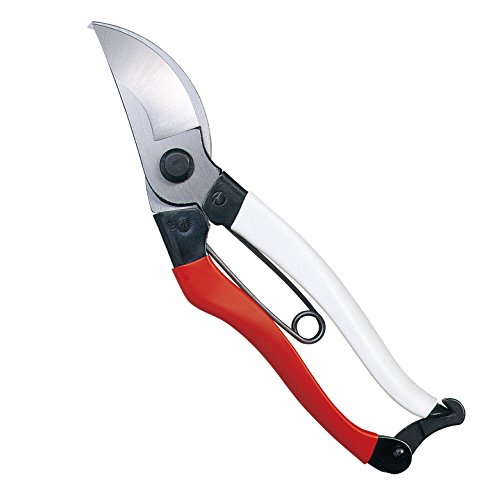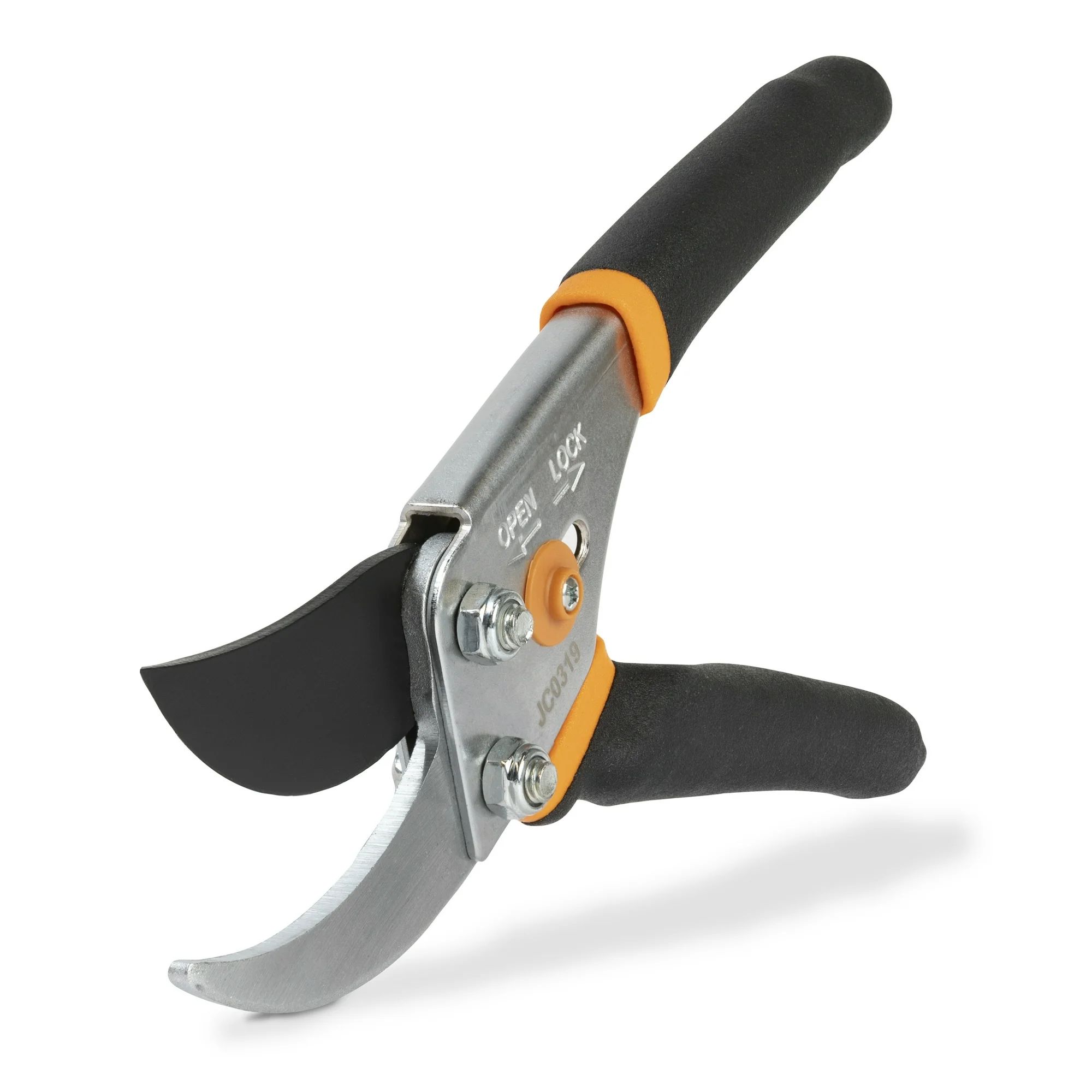9 plants to prune in February – trimming tips from an expert horticulturist for spectacular summer displays
From shrubs and edibles, to climbers, hedges, and grasses, discover the ideal plants to prune this month

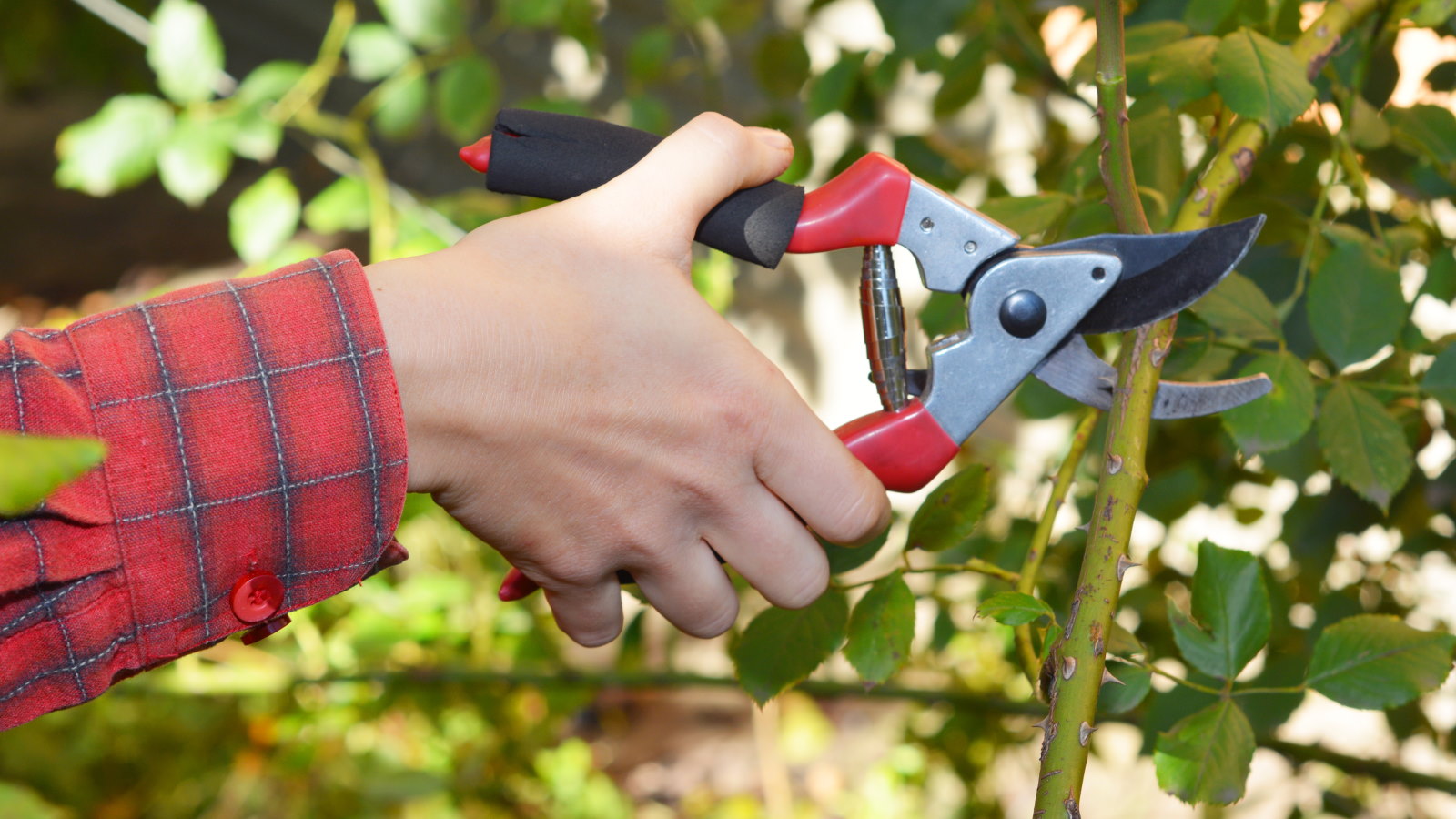
February is a busy time for pruning. Deciduous shrubs, grasses, and hedges all need trimming this month along with climbers, fruit, and any perennials left untrimmed in flower beds over winter.
It may mean a long list of pruning jobs on any winter gardening checklist. Whether you should prune in February depends on your climate; you will need to wait until the risk of freezing temperatures has passed in colder US hardiness zones.
Winter pruning was a staple task during my years as a professional gardener. I still head out with the pruning tools at home, and on my allotment, to trim ornamental shrubs and fruit bushes in February. I compiled this list of nine popular backyard plants to prune in February to ensure they look their best and give you a spectacular display in the months to come.
1. Blackcurrants
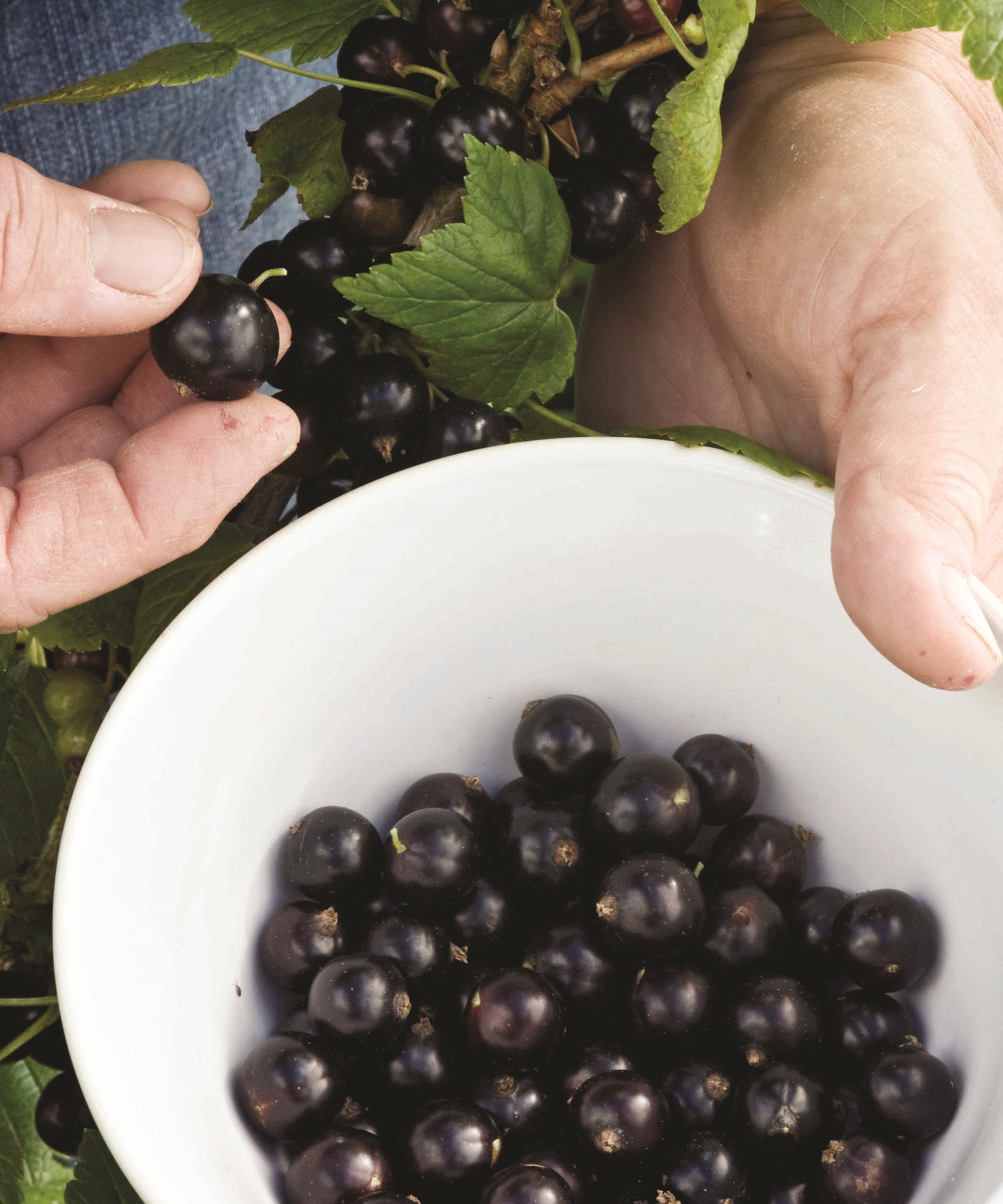
Pruning blackcurrants makes the soft fruit bush as productive as possible. The fruits are produced mainly on wood that is two and three years old; any stems older than three years lose their productivity.
Pruning involves removing a third of the oldest stems and any weak or congested stems to the base. It allows more younger stems to develop and replace them. The result after pruning should be a goblet-shaped blackcurrant bush with an open center that allows good air circulation and makes harvesting easier.
2. Clematis
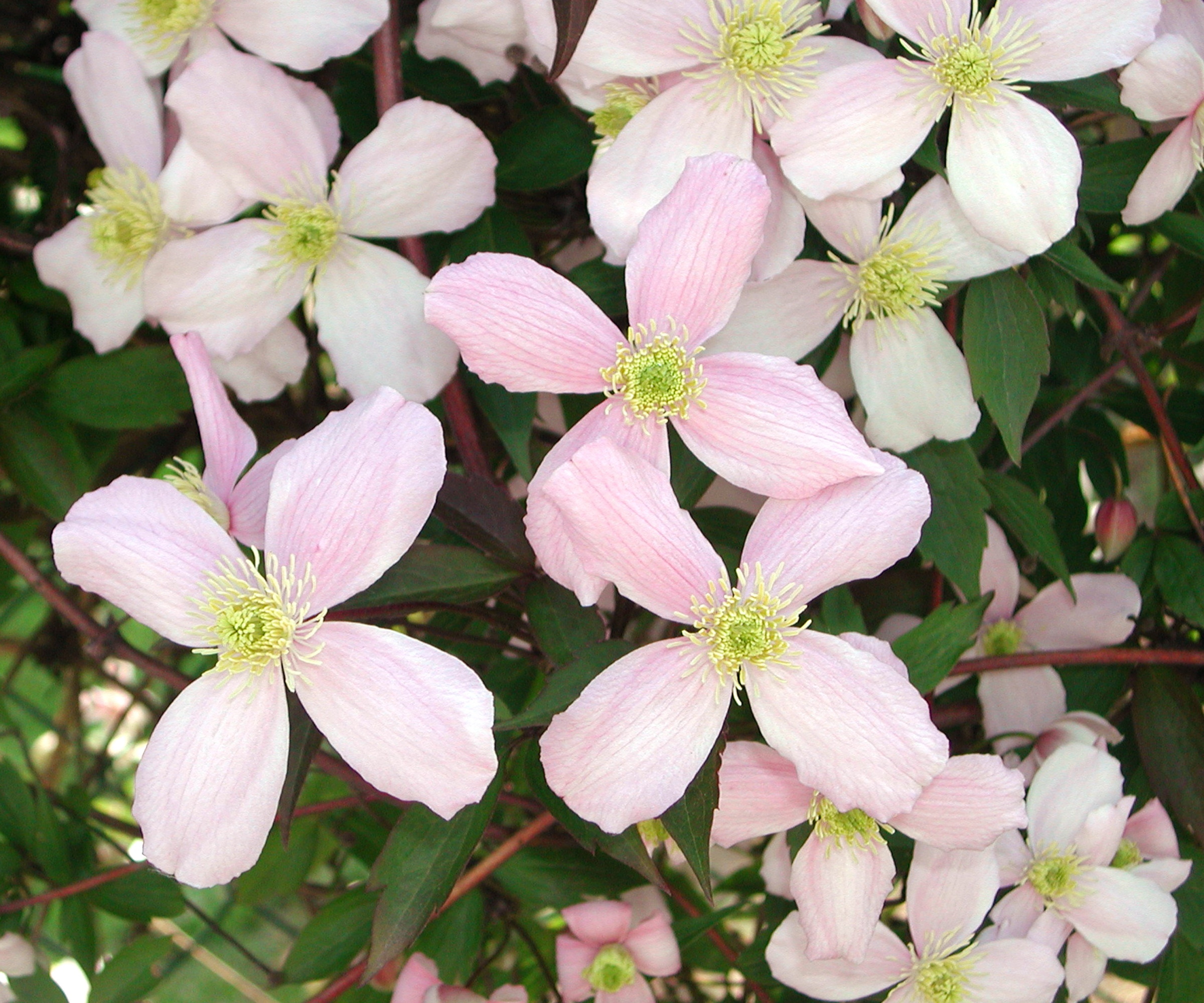
Clematis are rampant climbing plants to prune in February to keep their growth controlled and guarantee a great display of flowers. But only prune summer-flowering Group 2 and 3 clematis this month, rather than spring-flowering Group 1.
Pruning clematis is simple, no matter which Group of clematis you grow. Firstly, remove dead, damaged, or diseased stems and any weak growth. Then prune Group 2 clematis back gently by around 12 inches, while Group 3 clematis are cut back harder down to 30 inches from the ground.
Design expertise in your inbox – from inspiring decorating ideas and beautiful celebrity homes to practical gardening advice and shopping round-ups.
3. Deciduous Grasses
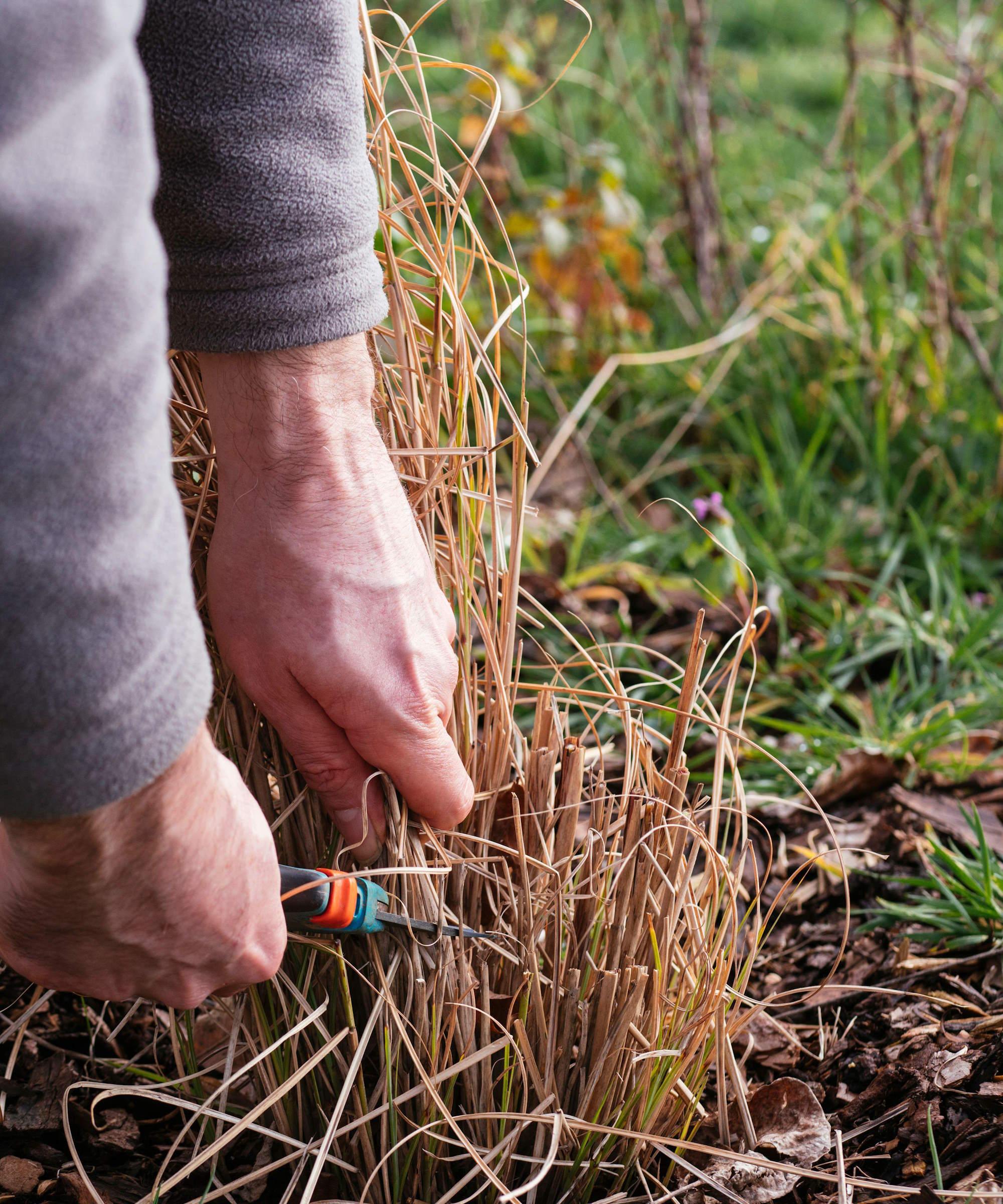
Deciduous ornamental grasses provide structure and interest in a winter garden before needing pruning in late winter. In February, it is very easy to cut back ornamental grasses, requiring clean and sharp pruning shears and sturdy gardening gloves to prevent injury from the sharp grass blades.
Deciduous grasses are cut back to around four inches from the ground. Remove each old stem carefully, avoiding cutting into any new shoots developing at the base of the plant. The old stems can be chopped into smaller pieces and used to make compost.
4. Fall-fruiting raspberries
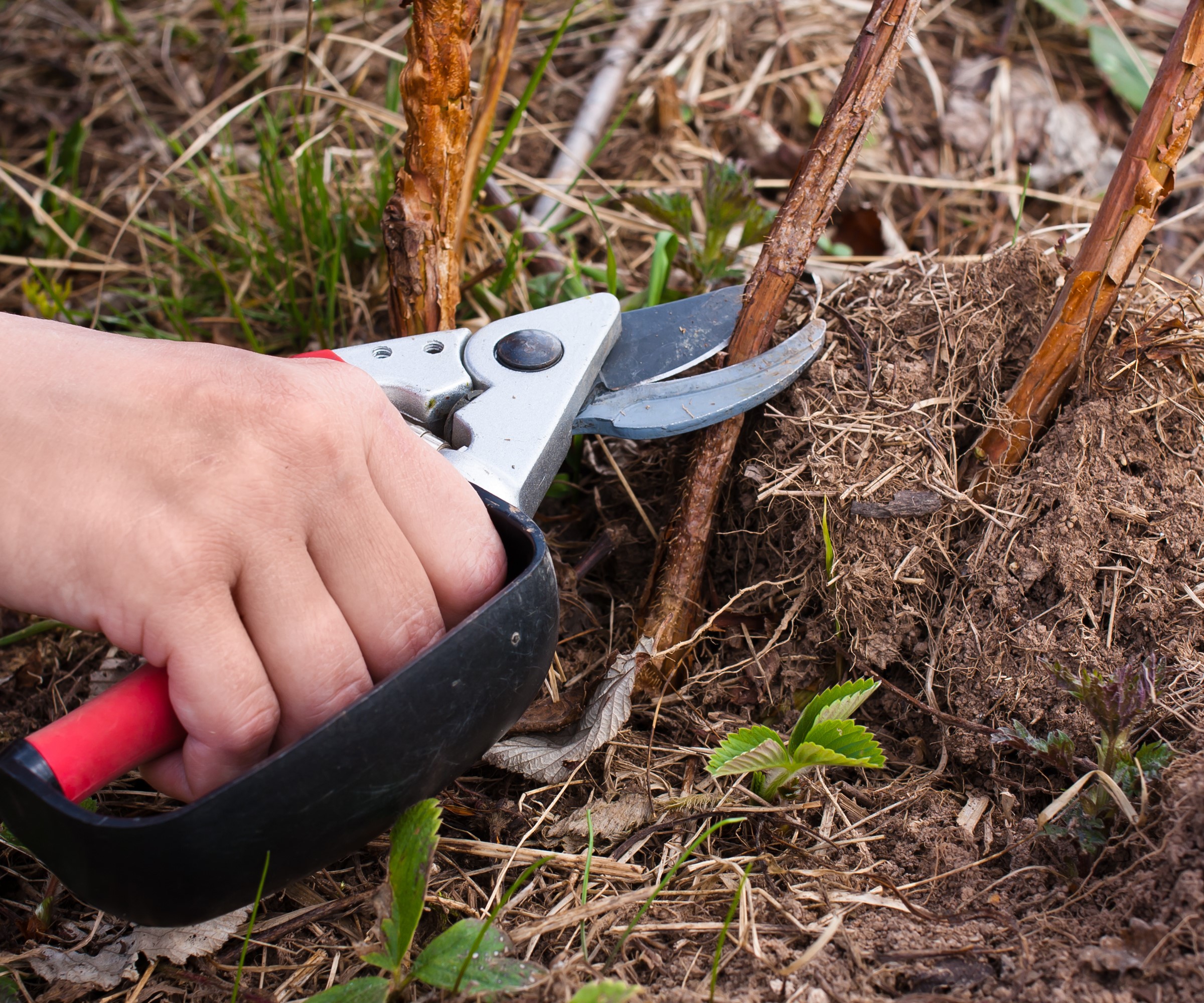
There are two types of raspberries to grow, which are pruned at different times. While summer raspberries are pruned in late summer or early fall, late raspberries, also known as fall-fruiting, are pruned in late winter.
Pruning raspberries is simple, especially with fall-fruiting types. It involves cutting all the fruited canes to ground level. After pruning, fertilize raspberries with compost to promote the strong and healthy development of new canes.
5. Grapes

Grapes are vigorous vining plants pruned during dormancy to keep them healthy and fruitful. But judging when to prune grape vines is critical, too early and they can be damaged by frosts and go too late and the vines bleed sap.
Grapevines growing indoors are best pruned in January as they will start growing again early in such protected environments as a greenhouse. Outdoor grapes are pruned in February or March, once the risk of frost has passed for your region.
Grapes produce fruit on new wood, which dictates how to prune grape vines for the best harvests. Established grape vines want all side shoots cut back to two or three buds.
6. Ivy

Pruning ivy is important as the fast-growing evergreen climber is rampant. It must be controlled to prevent ivy from smothering other plants or trees or spreading its roots into walls or fences. February is a good time to prune ivy when dormant and before birds may nest in the climber.
You can prune ivy with a hedge trimmer, but trimming is more controlled with pruning shears. Take time to cut the ivy back to maintain its shape, keep it away from windows, doorframes, or gutters, and remove dead or diseased foliage.
7. Roses

All roses except for rambling roses are pruned during dormancy. When growing roses, the time to head out and winter prune is that sweet spot between the last frost and the plant starting to grow again.
In milder climates like US hardiness zones 8 or 9, February presents an ideal window to prune roses. However, gardeners in colder climates should wait until they see the first signs of new growth - which could be in March.
Remove any dead or damaged wood along with crossing, weak, or congested stems to open up the shrub’s center. Then focus on cutting each remaining stem by up to a third, pruning to an outward-facing bud.
8. Russian sage

Russian sage, formerly known as perovskia, is a great plant for pollinators that can reach five feet in height. Cutting back Russian sage annually keeps the plant covered in flowers on strong, upright stems. Not pruning can result in tall, floppy stems.
Pruning can be done in late fall or early winter. However, leaving Russian sage untrimmed over winter provides structural interest while the seed heads are food for birds during the colder months. Prune stems back 10-14 inches from the ground, always cutting to a pair of buds.
9. Wisteria
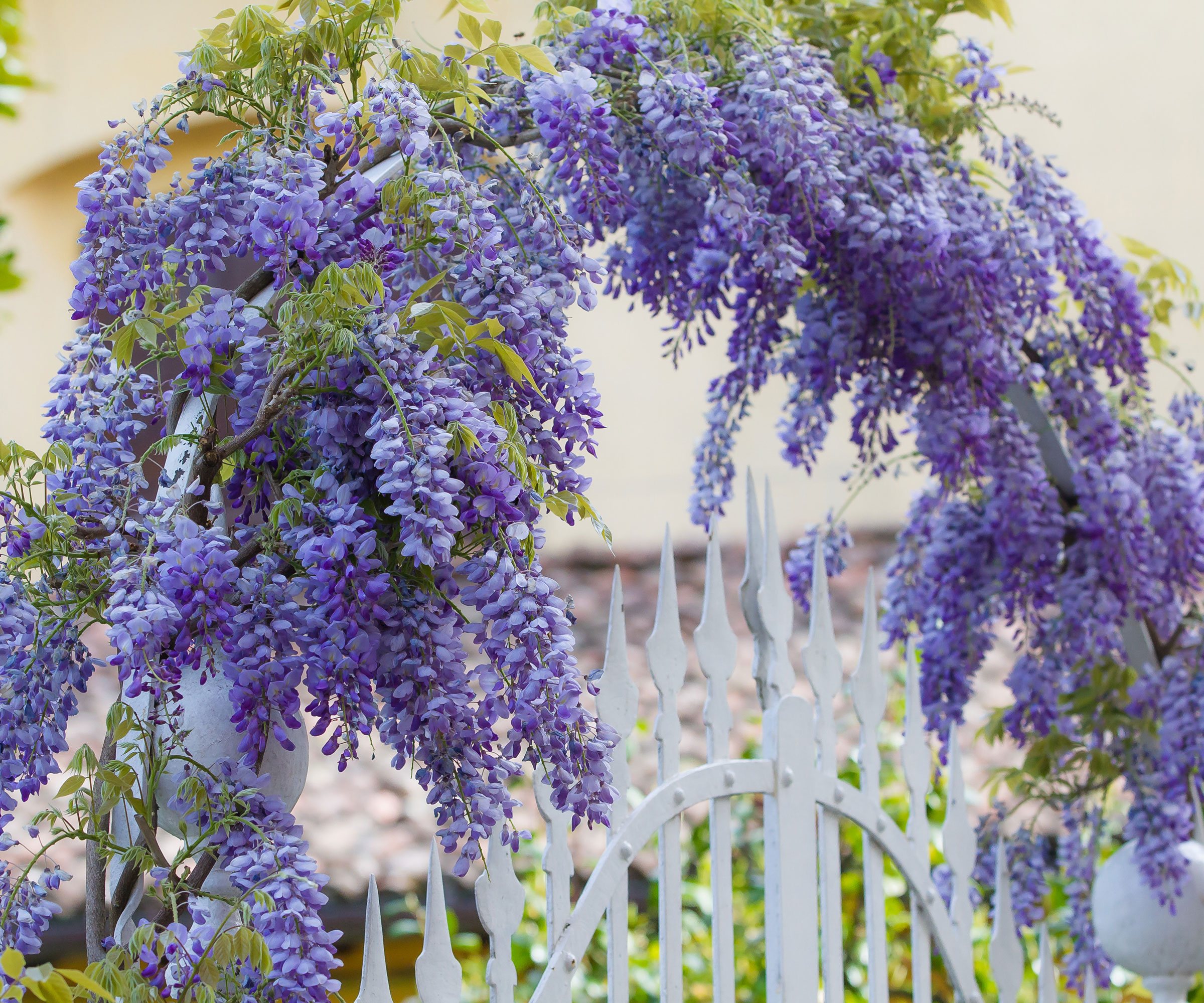
A vigorous flowering climber, wisteria is kept compact and produces a fabulous cascading display thanks to pruning in winter and summer. If you grow wisteria, this annual trimming regime keeps the growth in check and ensures yours looks its best.
To prune wisteria in winter, cut back last summer’s growth to two or three buds. Also focus on removing dead, damaged, or diseased branches, and any stems going in unwanted directions.
Shop tools for February pruning
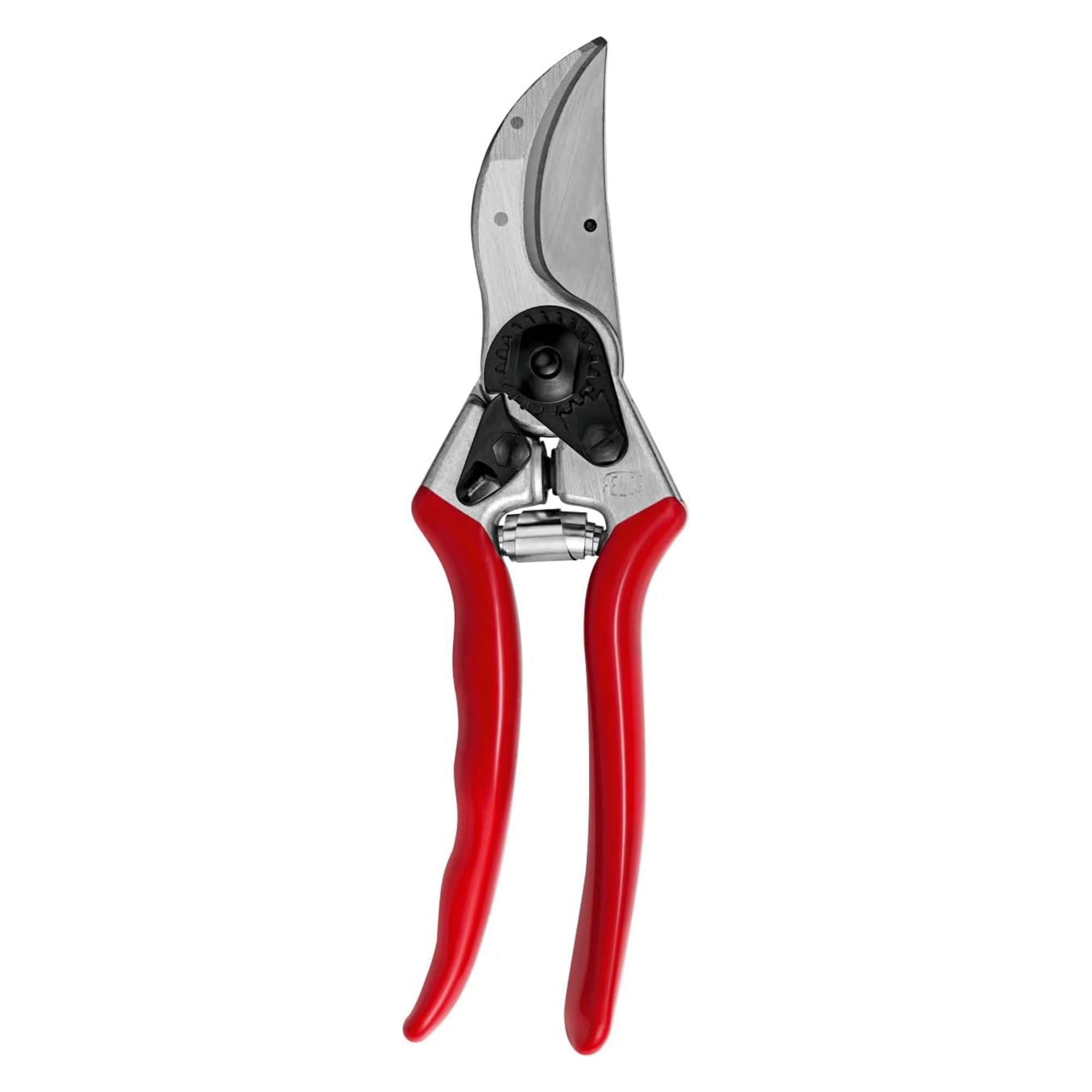
Felco No. 2 pruners are often hailed as one of the best pruners on the market. They have tough, hardened steel blades for cutting through plant material and are comfortable, lightweight, and hard-wearing.
FAQs
Can I cut back perennials in February?
Hardy perennial plants growing in flower beds or container gardens can be cut back in February in milder climates, once the risk of frosts has ended. Gardeners in colder climates are best holding off cutting back perennials until the temperatures increase.
If you are building a list of plants to prune in February, any hydrangeas in your yard that flower on new wood also benefit from trimming this month. As do fast-growing campsis vines that can spread aggressively. There are also ornamental and fruit trees to prune in February, including popular fruit trees like apples and pears, along with eucalyptus, sweet gum, and parrotia trees.

Drew has worked as a writer since 2008 and was also a professional gardener for many years. As a trained horticulturist, he worked in prestigious historic gardens, including Hanbury Hall and the world-famous Hidcote Manor Garden. He also spent time as a specialist kitchen gardener at Soho Farmhouse and Netherby Hall, where he grew vegetables, fruit, herbs, and cut flowers for restaurants. Drew has written for numerous print and online publications and is an allotment holder and garden blogger. He is shortlisted for the Digital Gardening Writer of the Year at the 2025 Garden Media Guild Awards.
